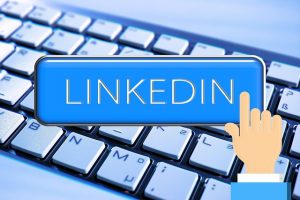 People with graduate degrees earn more over their lifetime than people without advanced degrees. Grad school is expensive, though, financially and personally. You have to know if the cost is worthwhile to your career before you enroll.
People with graduate degrees earn more over their lifetime than people without advanced degrees. Grad school is expensive, though, financially and personally. You have to know if the cost is worthwhile to your career before you enroll.
Consider the Course Expenses
Most graduate schools charge a fee per credit hour, and books can cost thousands of dollars a year. Compare the cost of several traditional and online programs as you calculate the exact expense of grad school. College Scorecard is one helpful website that details the average annual cost of different schools, the average post-graduation salary and loan and debt information.
Find financial aid, too. A variety of options, including free grants, loans and scholarships, exist to help students afford grad school. Ask your employer about tuition reimbursement, too.
Investigate the Cost of Living
Whether you choose an online or traditional grad school program, your cost of living will change. Consider how it will affect expenses related to your:
- Room and board
- Transportation
- Salary and benefits, including insurance
- Childcare if you have children
Remember that you can always create a budget and get aggressive about repaying debt, cut as many expenses as possible and set up an automatic savings account as you afford grad school. You may even consider taking on overtime hours or a part-time job as a way to boost your savings.
Understand the Grad School Lifestyle
Enrolling in grad school will change your lifestyle since you’ll spend more time studying and have less free time to pursue social and personal interests. You may also need to cut back on work hours. Be honest about your commitment level since grad school will cause significant lifestyle changes.
Calculate Your Future Income
One purpose of grad school is to provide you with more income. Use Payscale.com or Salary.com to look up the average salary of someone with your degree and get a picture of your future income potential.
Determine if You’ll Recoup Your Expenses
With your projected college expenses and future salary, calculate how long it will take you to recoup your grad school expenses. Use the Repayment Estimator provided by the Department of Education as you understand details about your post-grad school finances.
Explore Grad School Alternatives
After doing the research, you may decide that grad school isn’t for you. That’s okay because you can improve your skills and expand your resume when you:
- Take free or inexpensive online courses
- Ask your boss to cross-train you
- Audit local college courses
- Take a part-time position in a different field
Grad school can be a wonderful investment in your career. Consider these factors as you decide if it’s worth the cost for you.














